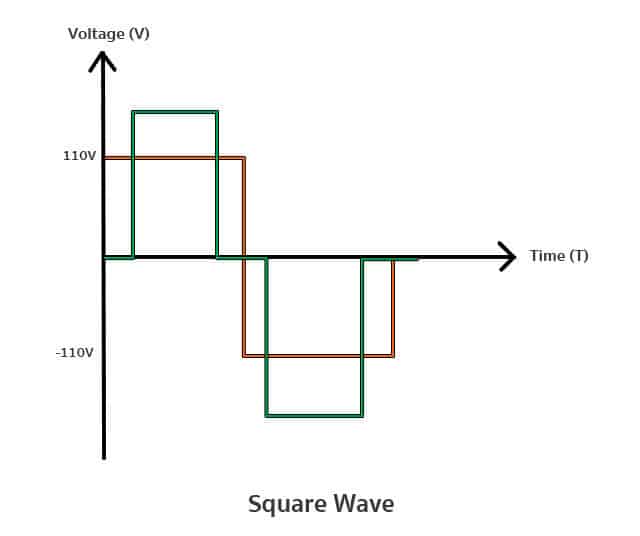
Many may know Inverter but may not be familiar with how inverter works.
In planning to install a cooling system and searching for a system that would save cost of electricity, inverter is the answer. If cost is not one of a concern, it is recommended to install the inverter in a cooling system because in long run, the inverter can help save cost of electricity 30 – 50 percent.
This article explains the inverter, a tool that helps burden of electricity bill, in details.
What is an Inverter and How does it Work?
Inverter is a tool in a cooling system that uses electricity and usually has an issue of instability, resulting in problems in refrigeration appliances. When the electricity is delivered at inconsistent rate, instability of electric circuits occurs. Once the electronic appliances are being rebooted, it consumed more electricity which resulting in a higher cost.
Inverter system is installed in a condensing unit to control a motor and a compressor automatically. It adjusts a frequency rate of electricity before deliver to the motor and the compressor which manage appropriate speed of compressor in according to a desire mode.
The process is to convert Alternating Current Electricity from normal current electricity that has voltage and frequency to Direct Current Electricity by using a Converter Circuit. After that, the Current Electricity will be converted to Alternating Current Electricity that can adjust voltage and frequency by an Inverter Circuit so that the Current Electricity is at the right voltage for cooling system solutions

Inside the Inverter:
1. Converter Circuit – in other name, a transmitter that convert Alternating Current Electricity from AC Power supply to DC Voltage.
2. Inverter Circuit – to receive DC Voltage and convert to AC Voltage that can adjust voltage and frequency.
3. Control Circuit – a set of control centre of Converter Circuit and Inverter Circuit.
There are 2 types of voltage waves produced by an Inverter Circuit
1. Square Wave

Square Wave as the name suggested, the waves are square. The intersect of positive waves and negative waves is not steep mainly seen in a standard inverter. An inverter with high voltage that has 2 types of waves is normally used with electric appliances that are not affected by types of electricity waves. However, if it were to use with electric appliances with a motor, it may cause problems such as noise and heat from the motor can damage the electric appliances because types of electric waves are incompatible with type of motor.
2. Sine Wave

Sine Wave or Pure-Sine Wave – the inverter that produce this type of wave is more expensive because the sine wave is a guarantee that it will be compatible with any type of electronic appliances
Benefits of Inverter
Inverter should be used in refrigeration system because it helps motors work smoothly and can save cost of electricity once reboot. Once the cooling system is being reboot, a refrigeration unit without the inverter will make a motor spins faster, delivering cool faster than the system without the inverter.
At stand by or when the temperature is stable, the inverter will reduce speed of motor but not completely stop the motor which save energy and electricity cost.
Moreover, the inverter can work effectively with a cooling system that uses R410A refrigerant. The R410A is the refrigerant that is environmentally friendly and safe for the atmosphere.
How to choose an effective inverter?
When the electricity is being transformed from DC to AC, the electricity could be lost during the process and may produce only 90% of AC electricity that pass through the inverter. Therefore, in selecting the inverter, the following variables should be taken into consideration.
1. Surge Power Prevention
Surge Power Prevention – because electric current uses in buildings, residences, department stores, and factories are different. The selected inverter should prevent Surge Power and deliver the correct electricity voltage needed.
2. Heat that affect performance of the inverter
Heat that affect performance of the inverter – the inverter is a tool that need to use with electricity, therefore, it can heat up and reach high temperature when using consecutively. The chosen inverter should be able to ventilate the heat so that asset life is expanded.
3. Total Harmonic Distortion or THD
Total Harmonic Distortion or THD – an interference waves that caused in voltage output of the inverter. This parameter affects the heat in a motor. On average, THD should be less than 15 – 20%
4. Power Factor
Power Factor – it affects overall performance of the inverter in relate to power supply. At regular, the inverter should have Power Factor not less than 0.7.
5. Maintenance
Maintenance – in selecting the inverter, durability and ability to supply electricity should be taken into consideration. It should work coherently with the system and promote productive workflow. Standards, warranty, and after sales service should also be a concern.
Summary
To answer the initial question: Is Inverter important to cooling system? The answer – it is significant to have the inverter because in a cooling system which consume large amount of electricity and cost, the inverter is a controller that can help reduce cost of production up to 30% and also enhance the overall of the cooling system.
Should you need further information, please comment below or contact us here directly. We look forward to discuss with you soon.
Subscribe to our newsletter
Subscribe to our weekly newsletter to get update to your inbox!





